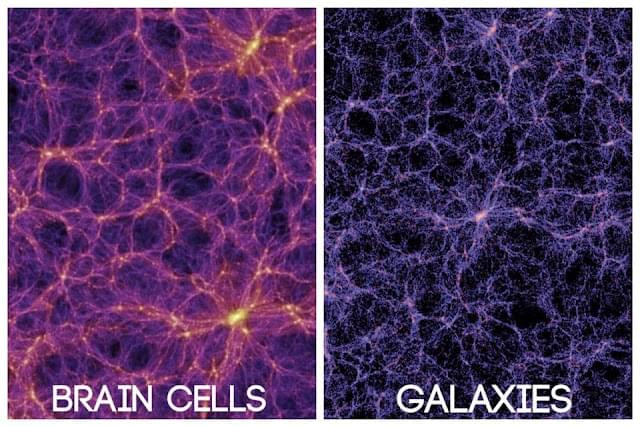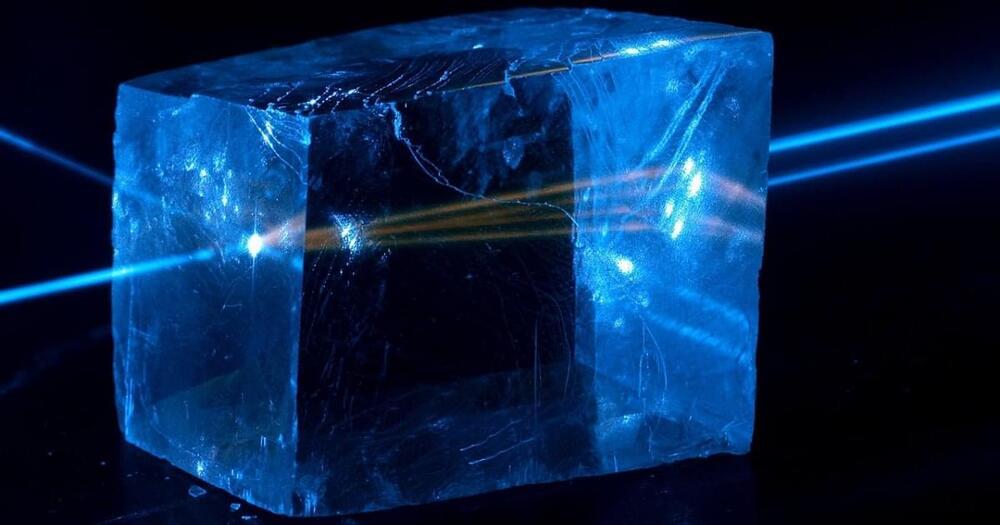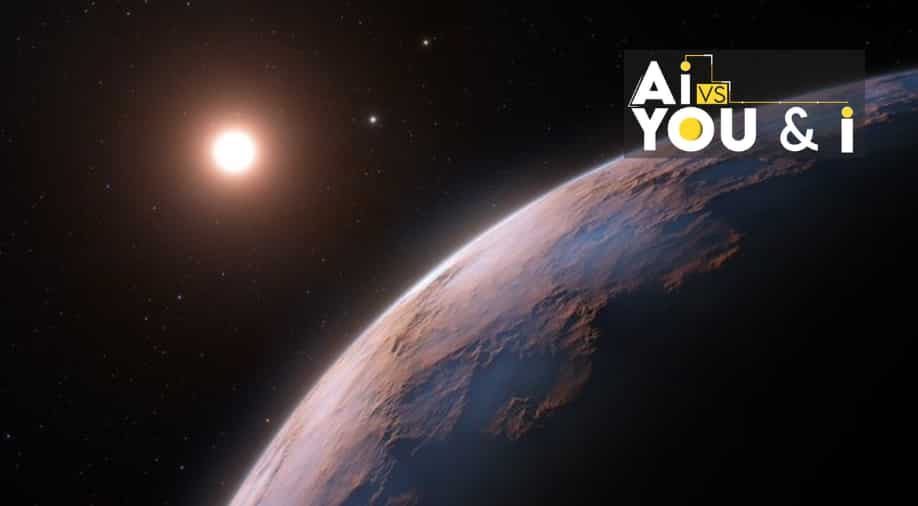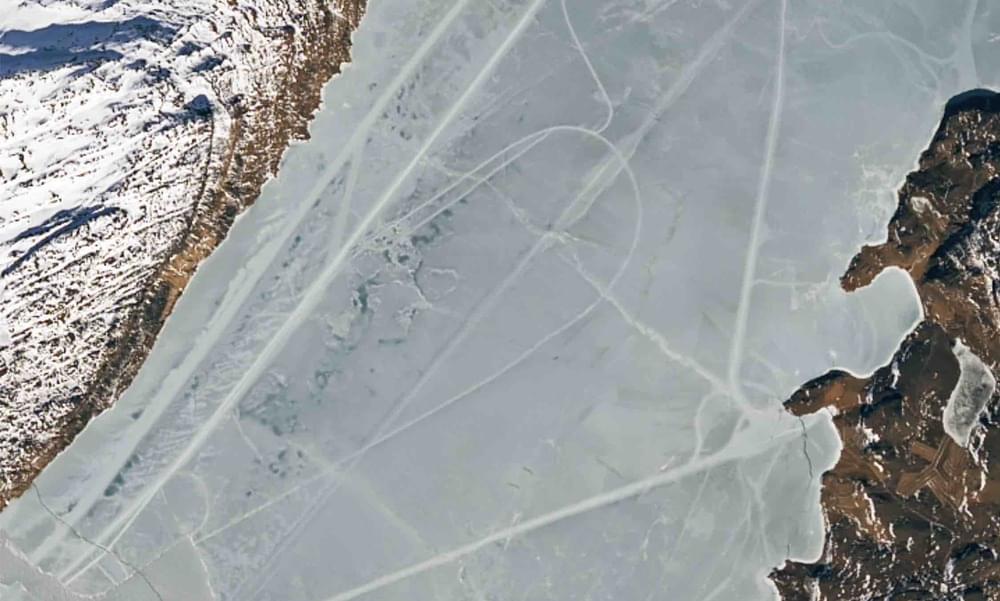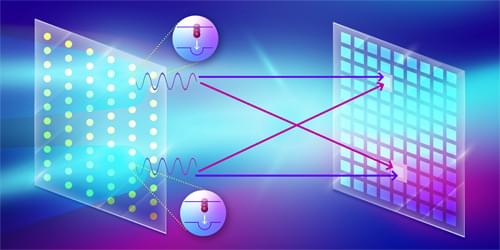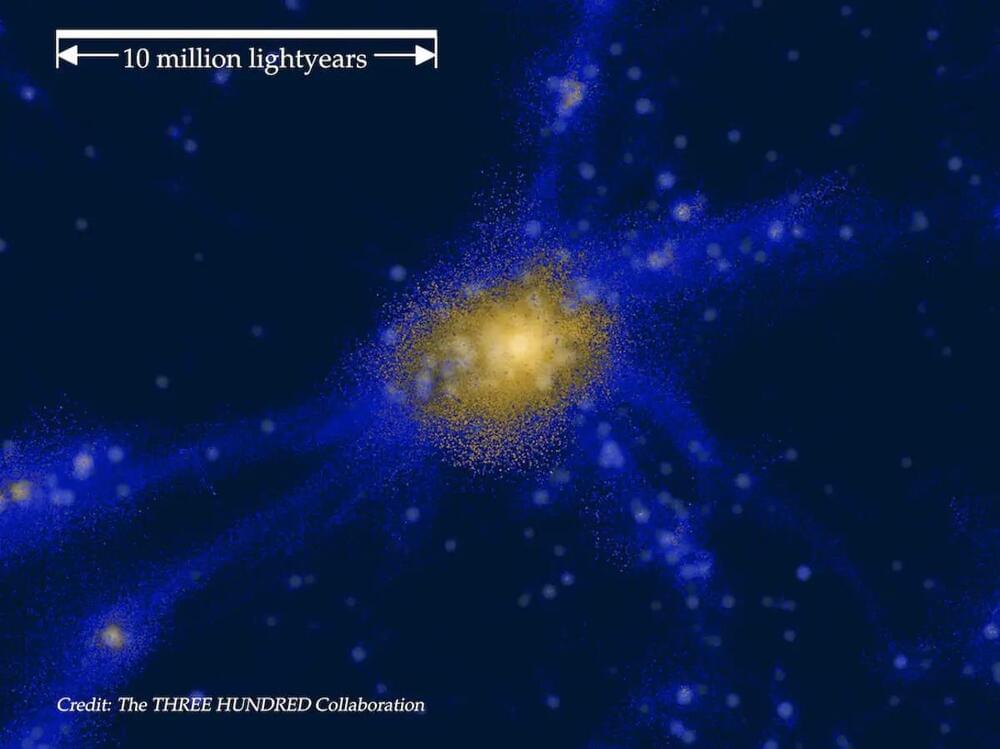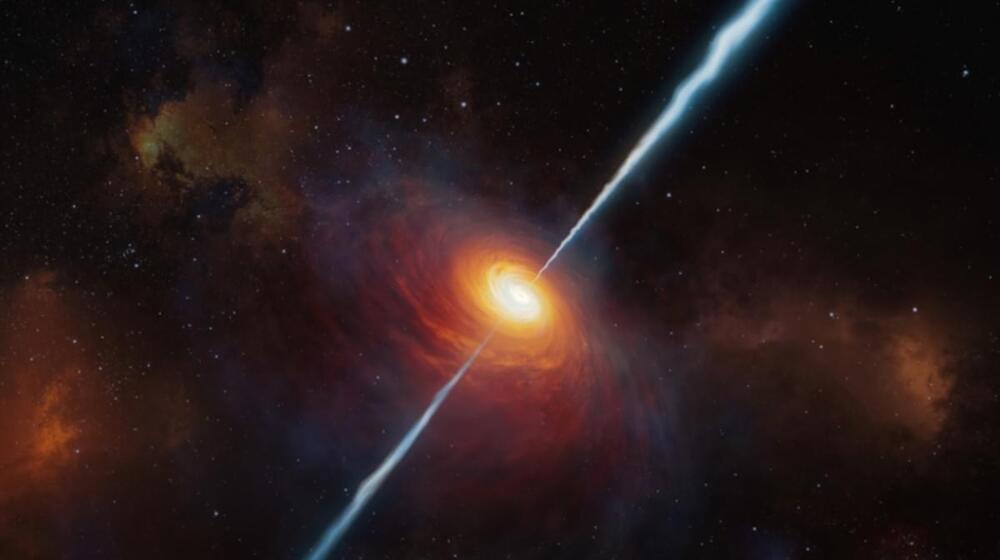Using an advanced method, researchers have discovered seven elements, including the rare substance terbium, which has never before been found in any exoplanet’s atmosphere.
Last week.
On the heels of the previous discovery, scientists have detected another element, Terbium, in an exoplanet’s atmosphere for the first time. Known as KELT-9, the exoplanet is said to be the galaxy’s hottest, orbiting its distant star about 670 light years from Earth.

